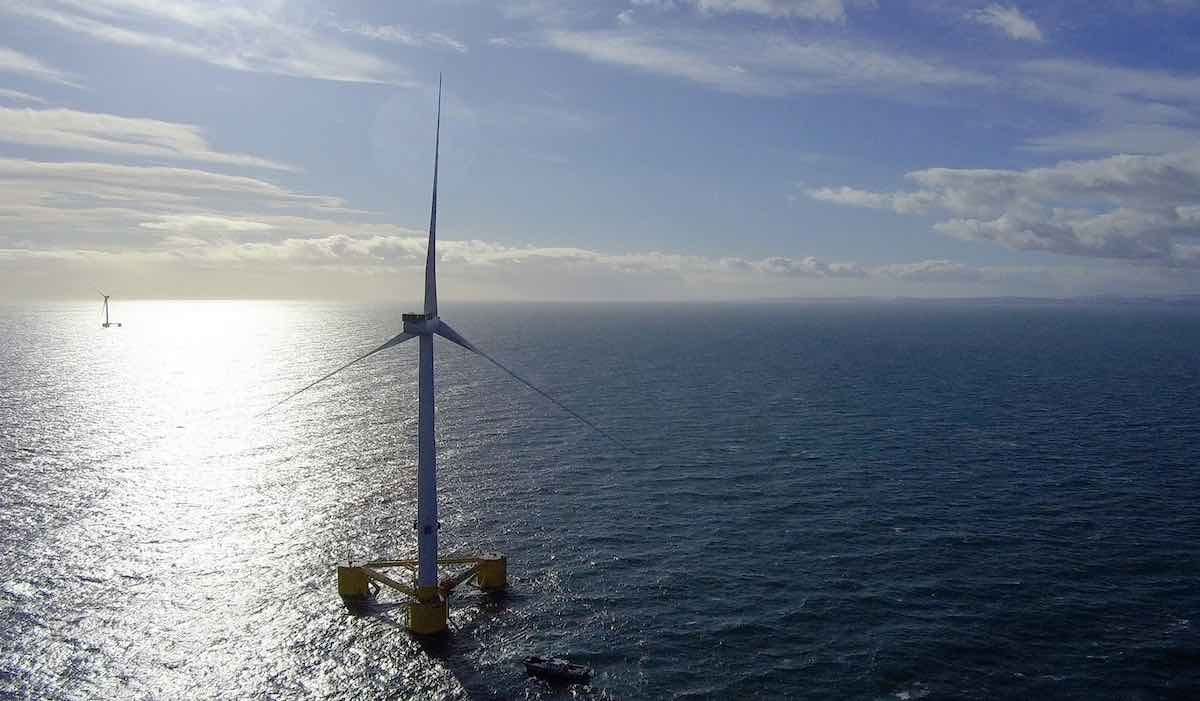A new report from LUT University in Finland has found that a 100% renewable energy and storage mix would save the UK more than £120 billion ($A211 billion) by 2050 compared with the UK Government’s current net zero strategy.
The report, commissioned by advocacy group 100percentrenewableuk, suggests 100% renewables and storage would also result in 20% lower cumulative carbon emissions than the current strategy, which includes both nuclear power and fossil fuels with carbon capture and storage (CCS).
Convenor of the report and energy specialist Dr David Toke says a 100% renewable system would provide more benefits than just savings, shoring up the UK’s energy security against future crises.
“The benefits of a fully renewable energy system in achieving net zero are clear,” Toke says. “Far from simply keeping the lights on, they ensure secure and reliable energy for the UK, with huge economic savings compared to other options and incredible job creation opportunities.”
The report suggests a particular pathway to a 100% renewable mix, with offshore wind dominating energy supply and robust inter-annual energy storage to cope with fluctuations in wind outputs between years.
That’s important, because wind yields can vary considerably between years – in 2010, for example, UK wind energy yields were 21% lower than average.
That storage, according to the report, would involve Power-to-X storage in a chemical energy carrier, such as hydrogen or methane, methane being the most cost effective. That methane could be converted from CO2 captured from the air and green hydrogen and stored in pre-existing natural gas facilities.

The report compared four scenarios:
- The Best Policy Scenario (BPS) aimed for 100% renewable energy in 2050, with offshore wind as the main resource, limiting onshore wind and solar photovoltaics according to available land area;
- The Inter-Annual Storage scenario (IAS) follows the BPS trajectory but includes the storage needed to tide the UK over in years of low wind yield
- BPSplus tested the limits of higher land area availability for onshore wind and photovoltaics, and included renewable-based fuel imports
- The Current Policy Scenario (CPS) adopted the UK Government’s current strategy for net zero.
“Here in the UK we have an amazing opportunity to do our bit – by meeting all our energy needs (not just electricity) from renewables and storage by 2050,” says Jonathon Porritt, co-founder of Forum for the Future.
“If you’re sceptical about the feasibility of that ambition level, then dig deep into this report and see your hope rekindled.”
“The implications of this report are huge,” agrees Toke. “All public and enforced consumer spending on new nuclear power and carbon capture and storage should be scrapped and instead funding should be put into renewable energy, energy efficiency and storage capacity.”
Research from the Australian National University (ANU) has previously demonstrated that Australia could reach a 100% renewable energy mix by 2030 based on the current rate of growth of wind and solar, while Transgrid, which manages and operates the grid in New South Wales and the ACT, said in 2021 that Australia can and should reach 100% renewable generation by at least 2035.
As the cost of renewables continues to fall, and as soaring oil and gas prices trigger a renewed awareness of energy insecurity, that prediction looks increasingly viable, though it will hinge on the details of incumbent governments’ climate policies over the next decade.
The current Labor Government’s net-zero commitment, while a marked improvement on the previous government’s target, is considered incompatible with an emissions reduction of well below 2°C, the ideal benchmark for limiting the worst effects of climate change.










